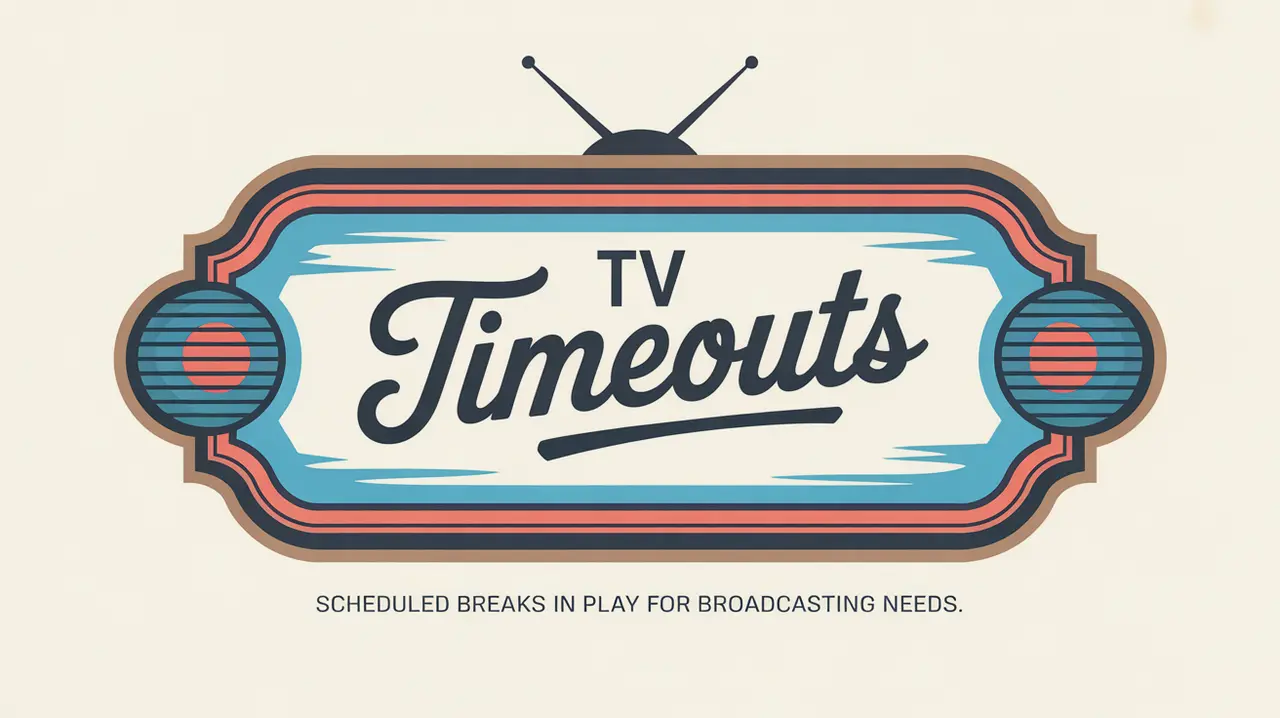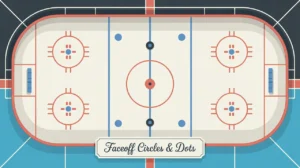Jim’s Intro to TV Timeouts
Hi folks, Jim here, the only commentator who once thought TV timeouts were those moments after a long day at work when you sink into the couch with a TV dinner and watch Seinfeld or Friends for 30 minutes.
What are TV timeouts?
TV timeouts are scheduled stoppages in play during televised games, designed to allow broadcasters to air commercials and analysts to break down the action. For teams, these breaks act like unofficial mini timeouts, offering a chance to rest, reset, and adjust strategy.
How does it work?
TV timeouts follow a predictable pattern:
- Scheduled Breaks: Typically occur at predetermined times in each period, such as the first stoppage after the 14:00, 10:00, and 6:00 marks.
- Length: Usually last 90 seconds, giving broadcast crews time for commercials and in-arena activities.
- Triggered by Stoppages: TV timeouts only happen if play stops at or after the scheduled mark. If not, they occur at the next whistle.
- Teams Regroup: Coaches use the break to make quick tactical adjustments, rest key players, or prepare for important faceoffs.
- Officials and Ice Crew: Use the pause to scrape the ice, clear snow buildup, and reset the rink.
- Momentum Shifts: These breaks can slow down hot teams or give tired ones a moment to breathe.
How do you make good decisions with it?
- Use the Break Wisely: Coaches can deliver quick, clear instructions rather than wasting time yelling over line changes.
- Manage Energy: Star players often get extra rest, which can change line deployment after the break.
- Recognize Momentum Swings: A TV timeout can cool down a team on a roll. Smart opponents use that pause to reset defensively.
- Stay Focused: Players can’t mentally check out just because the cameras are on commercials.
- Prepare for Set Plays: Faceoffs following TV timeouts are prime opportunities for rehearsed strategies.
How do you master it?
Mastering TV timeouts is about turning scheduled pauses into competitive advantages. Top teams treat these breaks as mini strategic sessions. Coaches identify matchup opportunities, players reset mentally, and special teams units get organized for upcoming situations.
What does it look like when done right?
Teams that handle TV timeouts well come out of the break organized and sharp, often winning the ensuing faceoff and dictating the next shift. Momentum either stabilizes or shifts in their favor.
Commentator’s Corner
Jim’s Take
TV timeouts might feel like commercials to fans, but to teams, they’re gold. A well-used 90 seconds can flip the script on a game.
Parent Tip
Use TV timeouts while watching games with players to talk about what just happened. It’s a perfect teaching moment.
Player Tip
Treat every break as part of the game. Stay mentally sharp and listen closely. Those short talks can change everything.
A Final Thought
TV timeouts aren’t just for advertisers. Teams that approach them strategically gain hidden advantages, turning broadcast breaks into game-shaping moments.









